Maharashtra Switch to Hindi
Launch of C-FLOOD System
Why in News?
The Union Minister of Jal Shakti inaugurated C-FLOOD, a Unified Inundation Forecasting System. This new initiative aims to enhance India's flood management capabilities by providing advanced flood forecasting and early warning systems.
Key Points
- About the C-FLOOD System:
- It is a web-based system that delivers two-day advance inundation forecasts up to the village level.
- The system includes flood inundation maps and water level predictions, enabling authorities to prepare for potential flooding more effectively.
- This initiative aims to enhance flood management by offering a unified system that integrates data from various national and regional flood modeling agencies.
- Collaboration and Development:
- C-FLOOD was developed through collaboration between the Centre for Development of Advanced Computing (C-DAC) Pune, Central Water Commission (CWC), and National Remote Sensing Centre (NRSC) under the guidance of the Ministry of Jal Shakti.
- The initiative is part of the National Supercomputing Mission (NSM), a joint effort between the Ministry of Electronics and Information Technology (MeitY) and the Department of Science and Technology (DST).
- Advanced Features and Coverage:
- The platform utilizes 2-D hydrodynamic modeling to simulate flood scenarios and is run on High-Performance Computing (HPC) infrastructure at C-DAC Pune.
- Currently, the system covers the Mahanadi, Godavari, and Tapi river basins, with plans to expand to other river basins in the future.
- It serves as a comprehensive decision-support tool for disaster management authorities by integrating outputs from multiple agencies, thereby improving coordination and timely decision-making during flood events.
- The system is designed to integrate seamlessly with the National Disaster Management Emergency Response Portal (NDEM), facilitating effective coordination during flood emergencies.
National Supercomputing Mission (NSM)
- The National Supercomputing Mission (NSM) was launched in 2015 to enhance High-Performance Computing (HPC) capabilities in India.
- Type: Central Sector Scheme
- Nodal Ministries: Department of Science and Technology (DST), Ministry of Electronics and Information Technology (MeitY).
- Implementing Agencies: C-DAC (Pune), IISc (Bengaluru).
- Key Objectives:
- Supercomputer Installation: To empower academic and research institutions with advanced supercomputing facilities.
- Skill Development: Promotes HPC skill development through dedicated training centers in Pune, Kharagpur, Chennai, Palakkad, and Goa.
- Significance:
- Advances scientific research in areas like drug discovery, climate modeling, disaster management, and material science.
- Supports start-ups and MSMEs in innovation, product development, and HPC and AI training.
Mahanadi River
- The Mahanadi River system is the third largest of peninsular India after Godavari and Krishna, and the largest river of Odisha state.
- The catchment area of the river extends to Chhattisgarh, Madhya Pradesh, Odisha, Jharkhand and Maharashtra.
- Its basin is bounded by the Central India hills on the north, by the Eastern Ghats on the south and east and by the Maikala range in the west.
Godavari River
- The Godavari is the largest Peninsular River system. It is also called the Dakshin Ganga.
- The basin is bounded on the north by the Satmala hills, on the south by the Ajanta range and the Mahadeo hills, on the east by the Eastern Ghats and on the west by the Western Ghats.
- Godavari River rises from Trimbakeshwar near Nasik in Maharashtra and flows for a length of about 1465 km before outfalling into the Bay of Bengal.
Bihar Switch to Hindi
Bodh Gaya Temple Act, 1949
Why in News?
The Supreme Court of India recently refused to entertain a plea (under Article 32 of the Constitution) challenging the constitutionality of the Bodh Gaya Temple Act, 1949.
- The Act was challenged due to concerns over religious autonomy and representation in the management of the Mahabodhi Temple.
Key Points
- Bodh Gaya Temple Act, 1949:
- It regulates the administration of the Mahabodhi Temple and aims to ensure its proper management.
- After India's Independence, the Bodh Gaya Temple Act (1949) introduced shared management between Hindus and Buddhists.
- The Act deals with the temple's administration, which is vital for preserving and maintaining the sacred site, which includes the Bodhi tree, the Vajrasana, and several other sacred structures.
- Mahabodhi Temple:
- It was built by Emperor Ashoka in the 3rd century BCE.
- It is located in Bodh Gaya, Bihar, and is one of the most sacred places for Buddhists worldwide.
- It is believed to be the location where Lord Gautam Buddha attained enlightenment under the Bodhi tree.
- The temple remained an important Buddhist site through the Pala period and was visited by the Chinese traveler Hiuen Tsang in 629 AD.
- After the 13th-century invasion by Bakhtiyar Khilji, Buddhism in the region declined.
- The current temple, constructed during the 5th–6th century CE (Late Gupta period), is made entirely of brick.
- In 1590, a Hindu monk established the Bodh Gaya Math, transferring temple control to Hindus.
- Architectural Features:
- It includes a Shikhara, Vajrasana (Diamond Throne), Chaitya niches, amalaka, kalasha, sculpted balustrades, and Buddha images.
- Seven sacred sites within the temple complex commemorate Buddha's seven weeks of meditation post-enlightenment, including the Animeshlochan Chaitya, Lotus Pond, and Ajapala Nigrodh Tree.
- Mahabodhi Temple Complex:
- The Mahabodhi Temple complex is a UNESCO World Heritage site, consisting of a 50-meter high grand temple, the sacred Bodhi tree, the Vajrasana, and six other sacred sites related to Buddha’s enlightenment.
- A Lotus Pond located outside the temple is also considered sacred. These sites are surrounded by votive stupas and are well-maintained with multiple circular boundaries for protection.
Gautama Buddha
- Gautama Buddha, the founder of Buddhism, was born in 563 BC on Vaisakha Purnima day at Lumbini (now in Nepal), in the Sakya Kshatriya clan.
- His father, Suddhodhana, was the king of Kapilvastu, and his mother, Mahamaya, was a princess of the Kollia republic.
- After his mother's early death, he was raised by his stepmother and aunt, Mahaprajapati Gautami.
- Buddha married Yasodhara, a princess of the Shakya dynasty, and had a son, Rahul.
- At age 29, Gautama encountered four sights-an old man, a sick person, a dead body, and an ascetic-which led him to renounce his royal life and become a wandering ascetic.
- His first teacher, Alara Kalama, taught him meditation techniques. He later studied under Udraka Ramputra.
- At age 35, after meditating under the Pipal tree at Bodh Gaya (near the Niranjana River), he achieved Nirvana (enlightenment) after 49 days of meditation.
- Buddha delivered his first sermon at Sarnath (Deer Park) to five disciples, known as the Dharmachakra Pravartana (Turning of the Wheel of Law).
- Buddha passed away at age 80 in 483 BC at Kushinagar, a moment referred to as Mahaparinirvana (Final Nirvana).
- Key Figures:
- Kanthaka: Buddha's horse.
- Channa: His charioteer.
- Devadatta: His cousin.
- Sujata: The farmer's daughter who offered Buddha rice milk at Bodh Gaya.
- Other Names: Gautama (clan name), Siddhartha (childhood name), Shakyamuni (sage of the Shakya clan).
Uttar Pradesh Switch to Hindi
National Sports Policy (NSP) 2025
Why in News?
The Union Cabinet has approved the National Sports Policy (NSP) 2025, replacing the National Sports Policy of 2001.
- The renewed vision anchored on five key pillars to transform India's sporting ecosystem.
Key Points
- Five Key Pillars of NSP 2025:
- Excellence on the Global Stage:
- Talent Development: Strengthens sports programs from the grassroots to elite levels through mechanisms for early talent identification and nurturing.
- Infrastructure & Competitions: Promotes competitive leagues and nationwide tournaments alongside the development of sports infrastructure in both rural and urban areas.
- Support Systems: Establishes world-class systems for training, coaching, and athlete support, while enhancing the capacity and governance of National Sports Federations (NSFs).
- Science & Technology: Promotes sports science, medicine, and advanced technologies, along with the development of skilled sports personnel, including coaches, technical officials, and support staff.
- Sports for Economic Development:
- Tourism & Events: Promotion of sports tourism and hosting international sporting events.
- Industry & Innovation: Strengthens the domestic sports goods manufacturing ecosystem while encouraging startups and entrepreneurship in the sports sector.
- Investment & Collaboration: Boosting private sector involvement via Public-Private Partnerships (PPPs), Corporate Social Responsibility (CSR), and innovative funding models.
- Sports for Social Development:
- Inclusive Participation: Targeted programs for women, tribal groups, underprivileged sections, and persons with disabilities.
- Cultural Promotion: Revitalization of indigenous and traditional Indian sports.
- Career Integration: Positioning sports as a viable career path through education integration, volunteering, and dual-career options.
- Global Engagement: Strengthening engagement with the Indian diaspora through sports initiatives.
- Sports as a People’s Movement:
- Mass Participation: Nationwide campaigns and community events to foster a fitness culture.
- Fitness Standards: Introduction of fitness indices for educational institutions and workplaces.
- Access to Facilities: Enhancing universal access to sports infrastructure and opportunities.
- Integration with Education:
- Curriculum Development (Aligned with NEP 2020): Inclusion of sports in formal school education.
- Educator Training: Specialized training programs for educators and physical education teachers.
- Strategic Framework:
- Governance: Robust legal and regulatory framework to ensure transparency and efficiency.
- Funding & Private Sector Support: Engagement of private entities through innovative financing and CSR models.
- Technology & Innovation: Adoption of Artificial Intelligence (AI), data analytics, and emerging technologies for monitoring and performance enhancement.
- Monitoring & Evaluation: National Monitoring Framework with Key Performance Indicators (KPIs), benchmarks, and time-bound goals.
- Model Policy for States: NSP 2025 to act as a blueprint for states and UTs to align their sports policies.
- Whole-of-Government Approach: Integration of sports objectives into all government departments and schemes.
- Excellence on the Global Stage:
Uttar Pradesh Sports Policy 2023
Uttar Pradesh’s New Sports Policy 2023 focuses on holistic athlete development, institutional integration, and robust infrastructure to strengthen the state’s sporting ecosystem.
- Key Points:
- Athlete Development: Emphasizes physical fitness and training with tailored, tier-based support for athletes at grassroots, developing, and elite levels.
- Institutional Linkages: Encourages the creation of new sports institutions and fosters collaboration with private academies and colleges.
- Infrastructure & Funding: Provides financial assistance to under-resourced sports bodies, promotes infrastructure development through PPPs—including 14 sport-specific Centres of Excellence—and plans to build stadiums and open gyms in rural areas.
- Governance & Facilities: Establishes a dedicated State Sports Authority and undertakes mapping of sports facilities and coaching resources across the state.
- Eklavya Sports Fund: Provides up to ₹5 lakh health insurance per registered player and supports overall player treatment and welfare.
- Khelo India Integration: Focus on leveraging Khelo India University Games for talent identification and facility development.
Jharkhand Switch to Hindi
Savitribai Phule National Institute of Women and Child Development
Why in News?
The Ministry of Women and Child Development inaugurated a new Regional Centre of the Savitribai Phule National Institute of Women and Child Development in Ranchi, Jharkhand on 4th July 2025.
- This centre aims to decentralize training, enhance grassroots service delivery, and support flagship schemes in the Eastern region.
Key Points
- About:
- It is the first dedicated regional training hub for Jharkhand, Bihar, Odisha, and West Bengal.
- Reduces dependence on Guwahati and Lucknow centres, easing logistical challenges for field workers.
- Improved Service Delivery: Strengthens the last-mile implementation of central schemes by bringing resources closer to the region and tailoring interventions to local socio-economic needs and ground realities.
- Renaming of the Institute:
- The former National Institute of Public Cooperation and Child Development (NIPCCD) has been renamed the Savitribai Phule National Institute of Women and Child Development.
- Reflects a stronger focus on women and child-centric development and aligns with national priorities.
- Support to Flagship Schemes:
- The centre will cater to the training and research needs under the Ministry’s major programmes, including Mission Shakti, Mission Vatsalya, and Mission Saksham Anganwadi and Poshan 2.0.
- The facility aims to strengthen field implementation by equipping frontline workers with relevant skills and knowledge.
- Capacity Enhancement and Employment: The Ranchi centre will offer an Advanced Diploma in Child Guidance and Counselling, provide vocational training with placement support, and create employment opportunities for women and youth.
- National Impact and Future Outlook: With existing centres nationwide, the institute trains 1,000+ professionals annually; the new Ranchi centre boosts outreach in Eastern India and supports inclusive development.
Mission Shakti
- About:
- It is a scheme of the Ministry of Women and Child Development aimed at strengthening interventions for women safety, security and empowerment.
- It promotes “women-led development” across their life cycle through integrated and citizen-driven efforts.
- Sub-Schemes:
- Sambal (Safety & Security): Includes One Stop Centres, Women Helpline, Beti Bachao Beti Padhao, and the Nari Adalats for community-based dispute resolution and gender justice.
- Samarthya (Empowerment): Combines schemes like Ujjwala, Swadhar Greh, Working Women Hostel, National Creche Schme, and Pradhan Mantri Matru Vandana Yojana.
- Introduces Gap Funding for Economic Empowerment to support women's financial independence.
Mission Vatsalya
- Launch Year: 2021
- Objective: Ensures child protection, welfare, and development, especially for children in vulnerable situations.
- Key Features:
- Promotes family-based care through adoption, foster care, and sponsorship.
- Strengthens institutions like Child Welfare Committees (CWCs) and Juvenile Justice Boards (JJBs).
- Provides rehabilitation and reintegration support for children.
- Target Beneficiaries: Orphaned, abandoned, and vulnerable children.
- Approach:
- Encourages collaboration among government ministries, NGOs, and communities.
- Operates under the Juvenile Justice (Care and Protection of Children) Act, 2015.
- Funding Pattern: Centrally Sponsored Scheme with 60:40 Centre-State funding (90:10 for Northeastern and Himalayan states).
- Monitoring Authority: Ministry of Women and Child Development (MWCD).
- Significance: Prevents child abuse, trafficking, and exploitation while promoting holistic child development.
Madhya Pradesh Switch to Hindi
Govt Launches Pulse Distribution Drive
Why in News?
The Government of India has launched a seed distribution drive in seven states, including Madhya Pradesh, to promote the cultivation of arhar (tur) and urad pulses.
- It aims to reduce the country’s growing dependence on imports and ensure price stability through domestic production.
Key Points
- The Initiative:
- Objective: Promote domestic production of arhar and urad pulses.
- Implementing Agency: Department of Consumer Affairs under the Ministry of Consumer Affairs, Food and Public Distribution.
- Execution Partner: National Cooperative Consumers Federation of India Limited (NCCF).
- Coverage: Seed distribution in select districts across seven states- Uttar Pradesh, Madhya Pradesh, Bihar, Jharkhand, Karnataka, Manipur, and Tripura.
- Selection Criteria: Districts have been selected based on two main criteria:
- They are rainfed regions, making them suitable for pulse cultivation.
- They include Aspirational Blocks as identified by NITI Aayog.
- Financial and Policy Support:
- ₹1 crore will be spent on seed distribution across the selected districts of 7 states.
- The government will ensure 100% procurement of arhar and urad at Minimum Support Price (MSP) if market prices fall below MSP.
- For the Kharif Marketing Season 2025–26, MSPs are:
- Arhar (tur): ₹8,000 per quintal
- Urad: ₹7,800 per quintal
- Recent Import:
- India imports around a dozen types of pulses from various countries.
- In 2023–24, pulse imports rose to a record high of 47.38 lakh tonnes, nearly double the 24.96 lakh tonnes imported in 2022–23.
- The increase in imports has added pressure on the domestic supply and price stability of pulses.
Aspirational Blocks Programme(ABP)
- It is a development initiative led by the NITI Aayog aimed at improving the performance of areas that are lagging on various development parameters.
- It was announced in the Union Budget 2022-23.
- It will initially cover 500 districts across 31 states and Union Territories, with over half of these blocks located in six states - Uttar Pradesh, Bihar, Madhya Pradesh, Jharkhand, Odisha and West Bengal.
- A total of 42 blocks from Madhya Pradesh have been selected under the ABP.
Haryana Switch to Hindi
Haryana Revises Wages and Work Conditions
Why in News?
The Haryana government has announced a revision in wage structures for part-time and daily-wage workers, effective from 1st January 2025, along with updates to leave entitlements and contract extensions for outsourced employees.
Key Points
- Revised Wage Structures:
- Introduction of Two Salary Slabs:
- Employees earning a monthly wage of ₹19,900 will now receive a daily wage of ₹765 and an hourly wage of ₹96.
- Part-time workers employed for one hour daily throughout the month will earn ₹2,487 under this slab.
- Employees in the second slab, drawing a monthly wage of ₹24,100, will be entitled to a daily wage of ₹927 and an hourly rate of ₹116.
- Workers in this category working one hour per day for the full month will now earn ₹3,012.
- Objective of the Revision: The revised structure aims to standardise wage payments and promote transparency and fairness in remuneration for workers employed through the Haryana Kaushal Rozgar Nigam.
- Introduction of Two Salary Slabs:
- Changes to the Haryana Civil Services (Leaves) Rules, 2016:
- Group-C and Group-D regular government employees will now be entitled to compensatory leave if they are required to work on a notified public holiday.
- The compensatory leave must be utilised within one month of the holiday worked on.
- Extension of Employment Contracts:
- The tenure of workers hired under Outsourcing Policy Part-2 has been extended until 31 July 2025.
- This extension applies to outsourced employees working in various government departments, boards, and corporations.
Haryana Kaushal Rojgar Nigam (HKRN)
- Establishment & Purpose: It was established on 13th October 2021 under the Companies Act, 2013.
- HKRN is the official portal for contractual recruitment in Haryana, aiming to ensure transparency, fairness, and efficiency in hiring.
- Conducting Body: Managed by the Haryana Skill Development and Industrial Training Department.
- Function: Centralizes the recruitment of Group B, C, and D staff for various government departments, boards, corporations, statutory bodies, and universities, replacing the earlier department-specific hiring to curb irregularities.
- Key Responsibilities: Collect data on contractual and DC rate staff, handle staffing requests, advertise vacancies, manage recruitment through tests, interviews, or skill assessments, and recommend suitable candidates.
- Core Objectives: Support candidates from disadvantaged backgrounds, ensure timely salary disbursement, and enforce the State Reservation Policy.


.png)
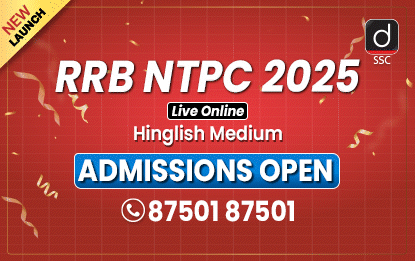


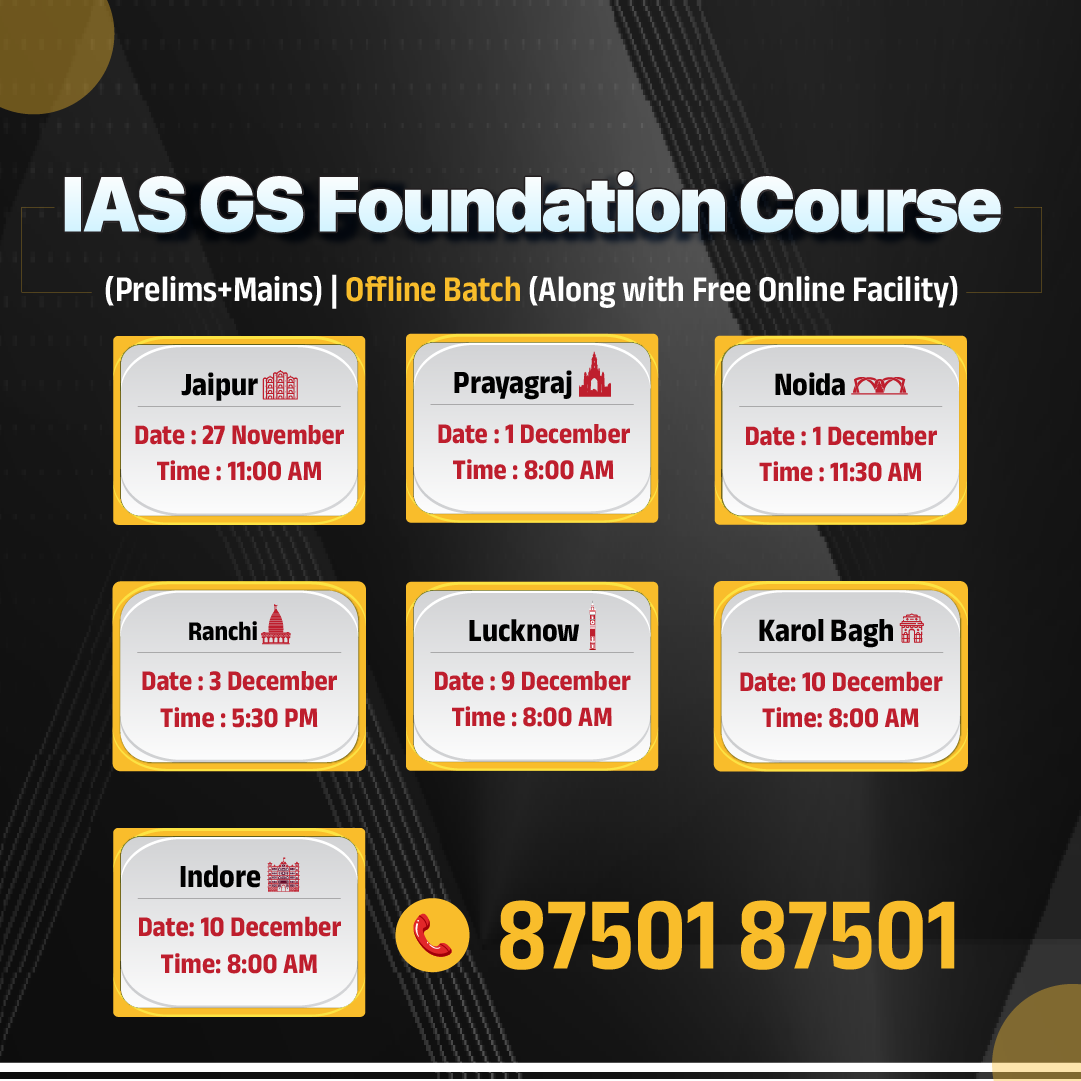
.jpg)








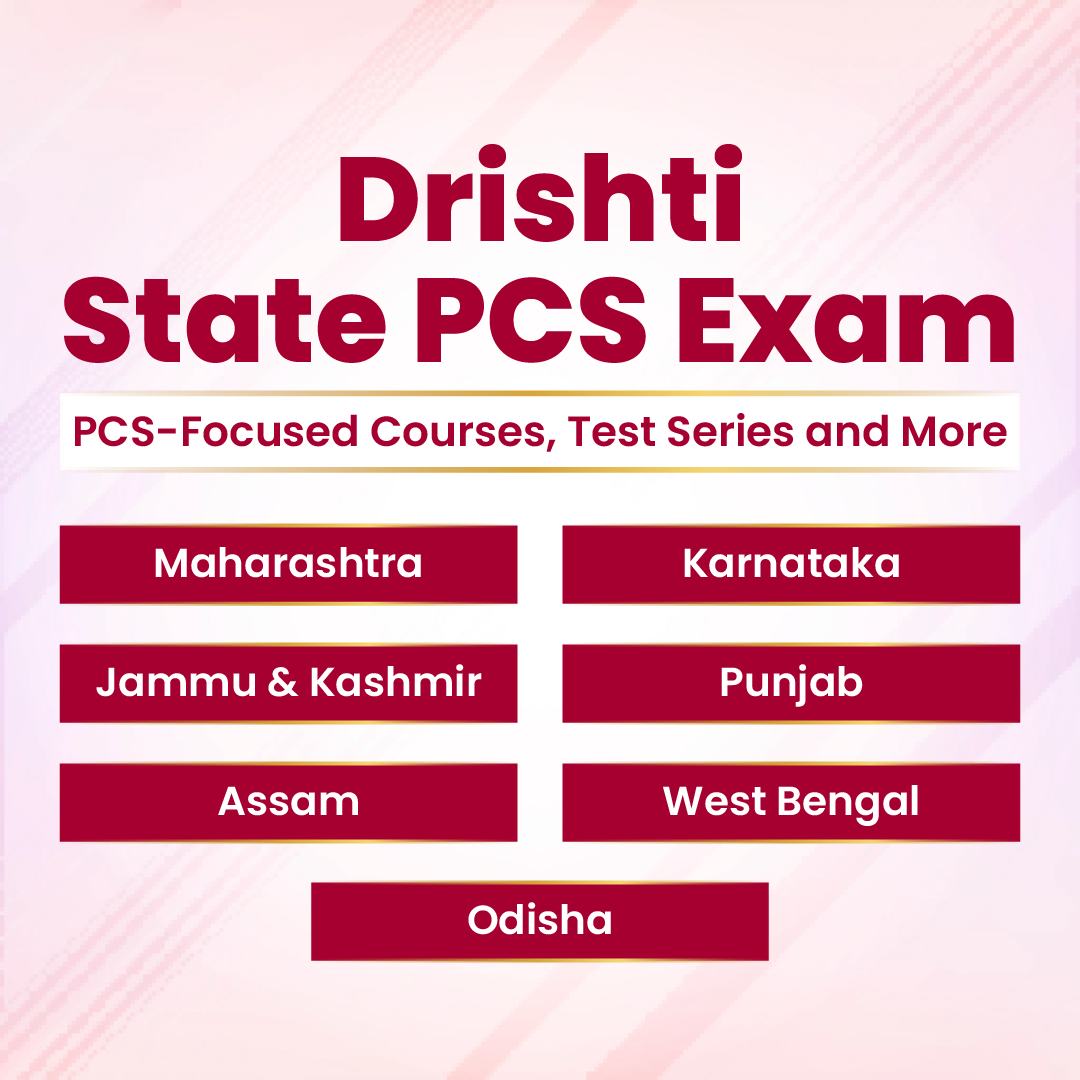

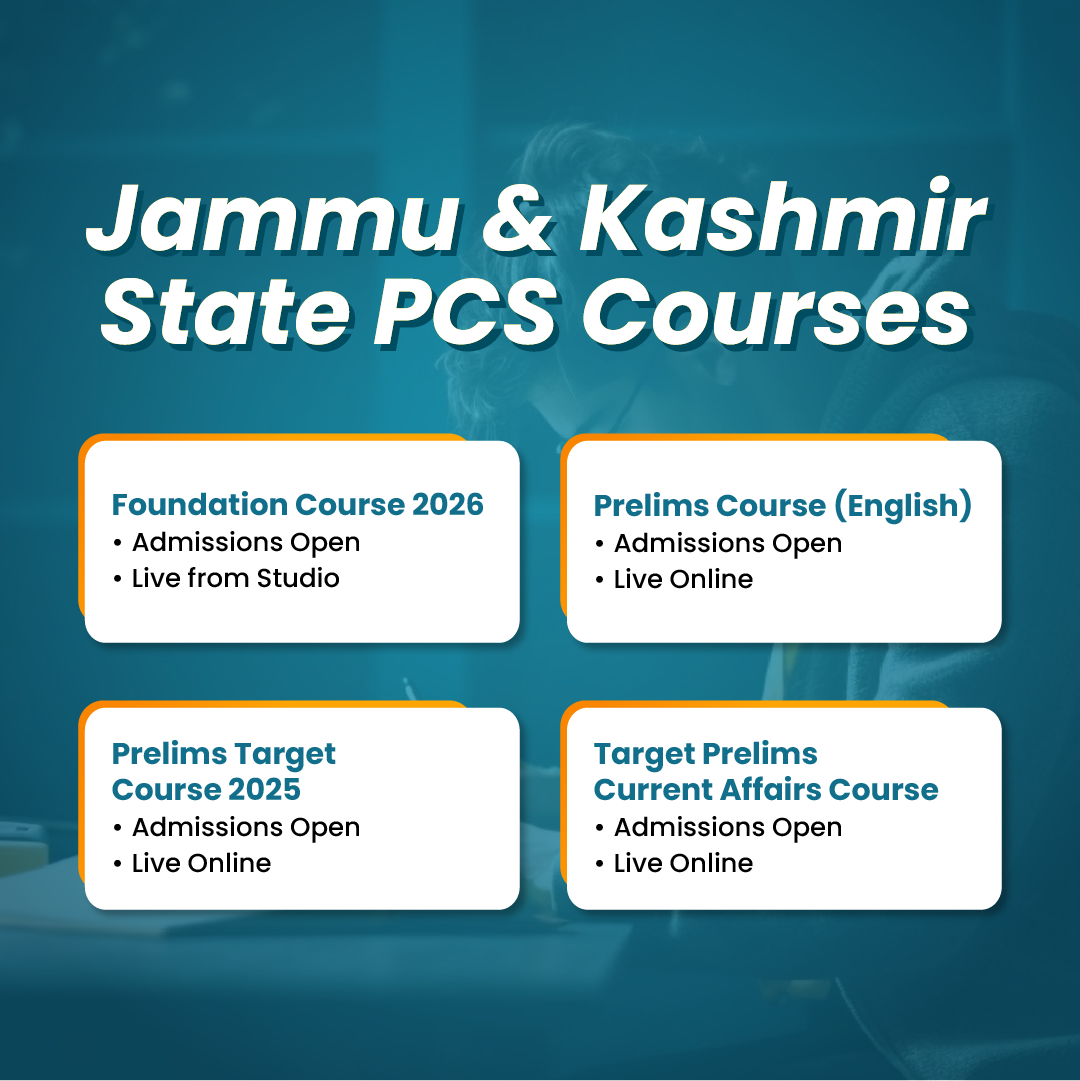

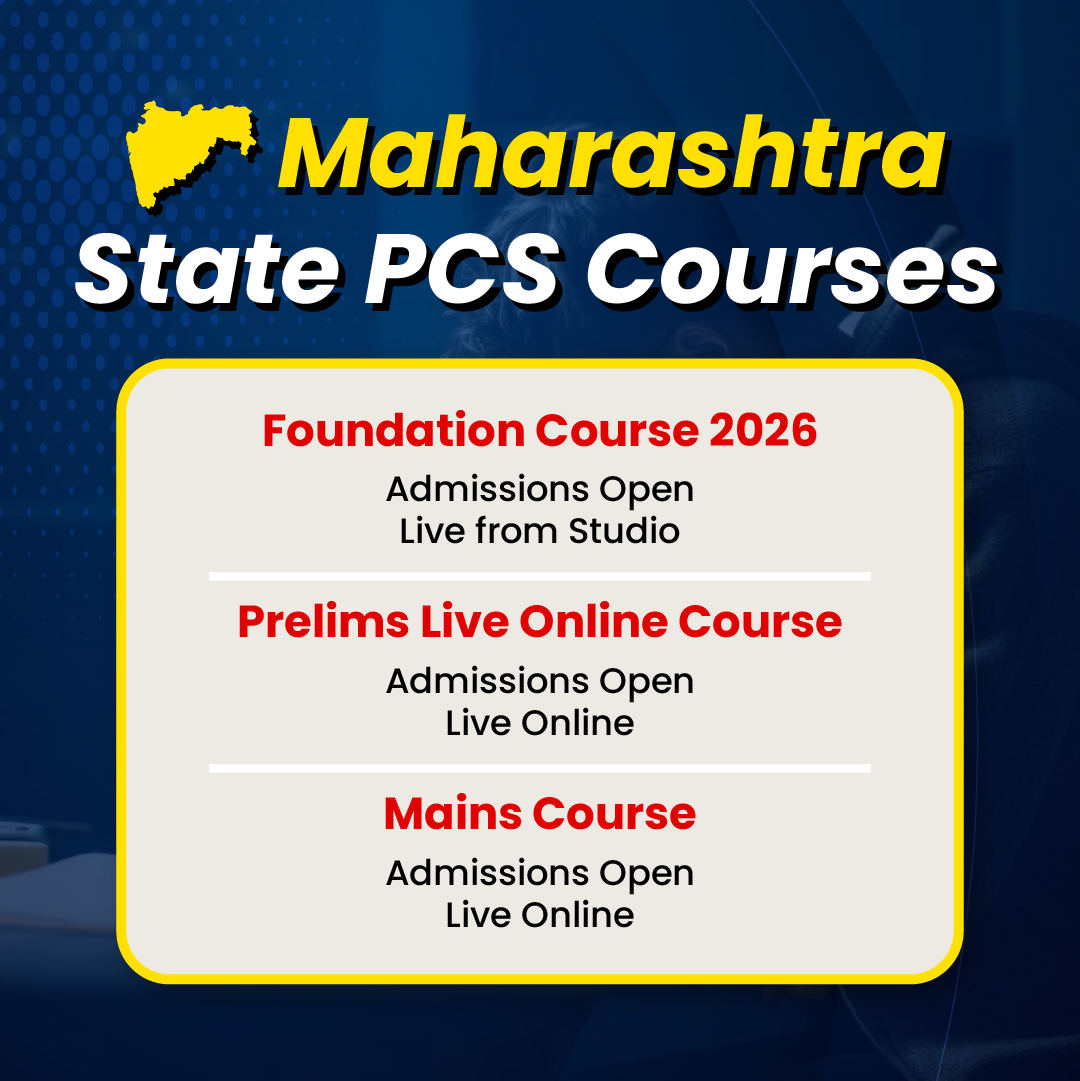

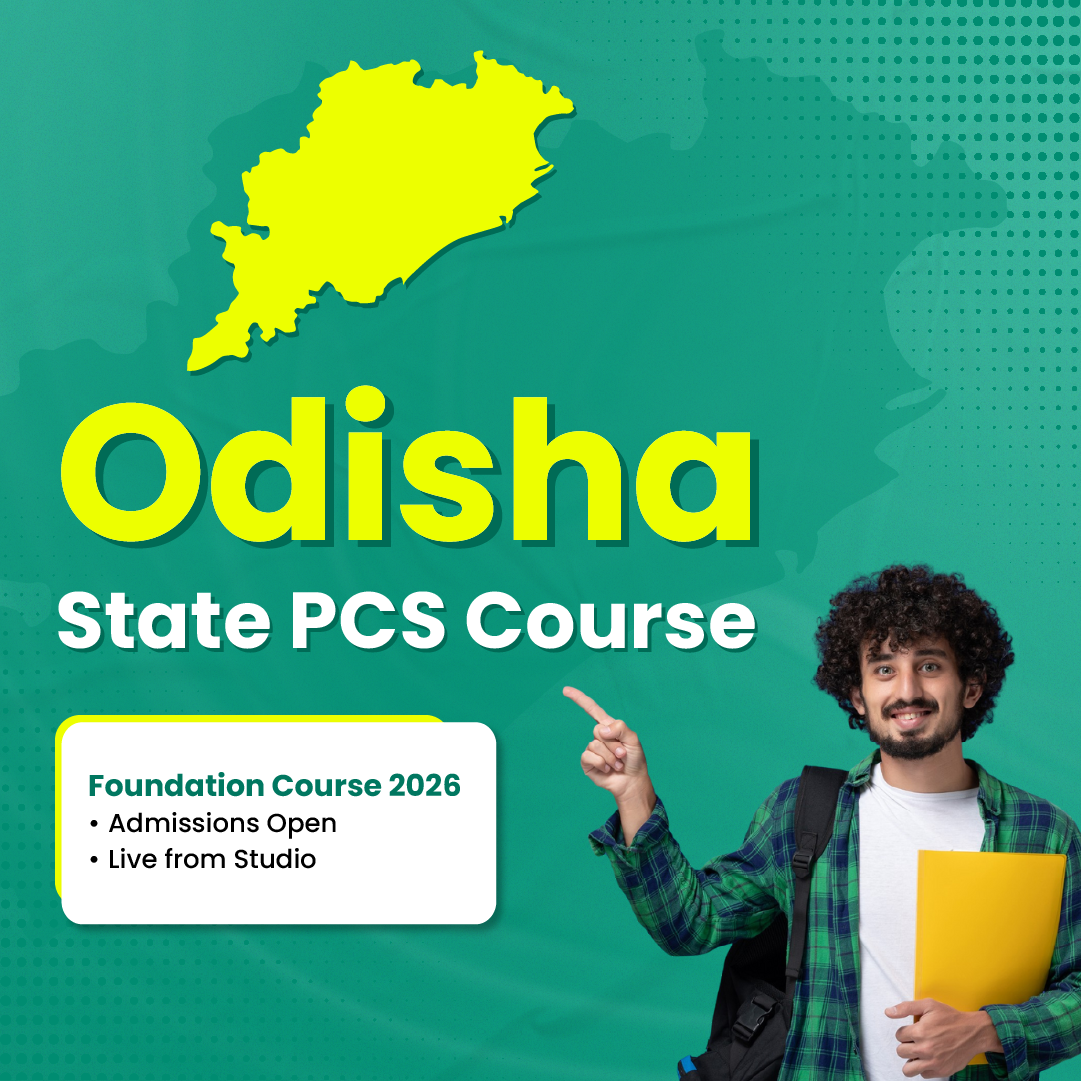



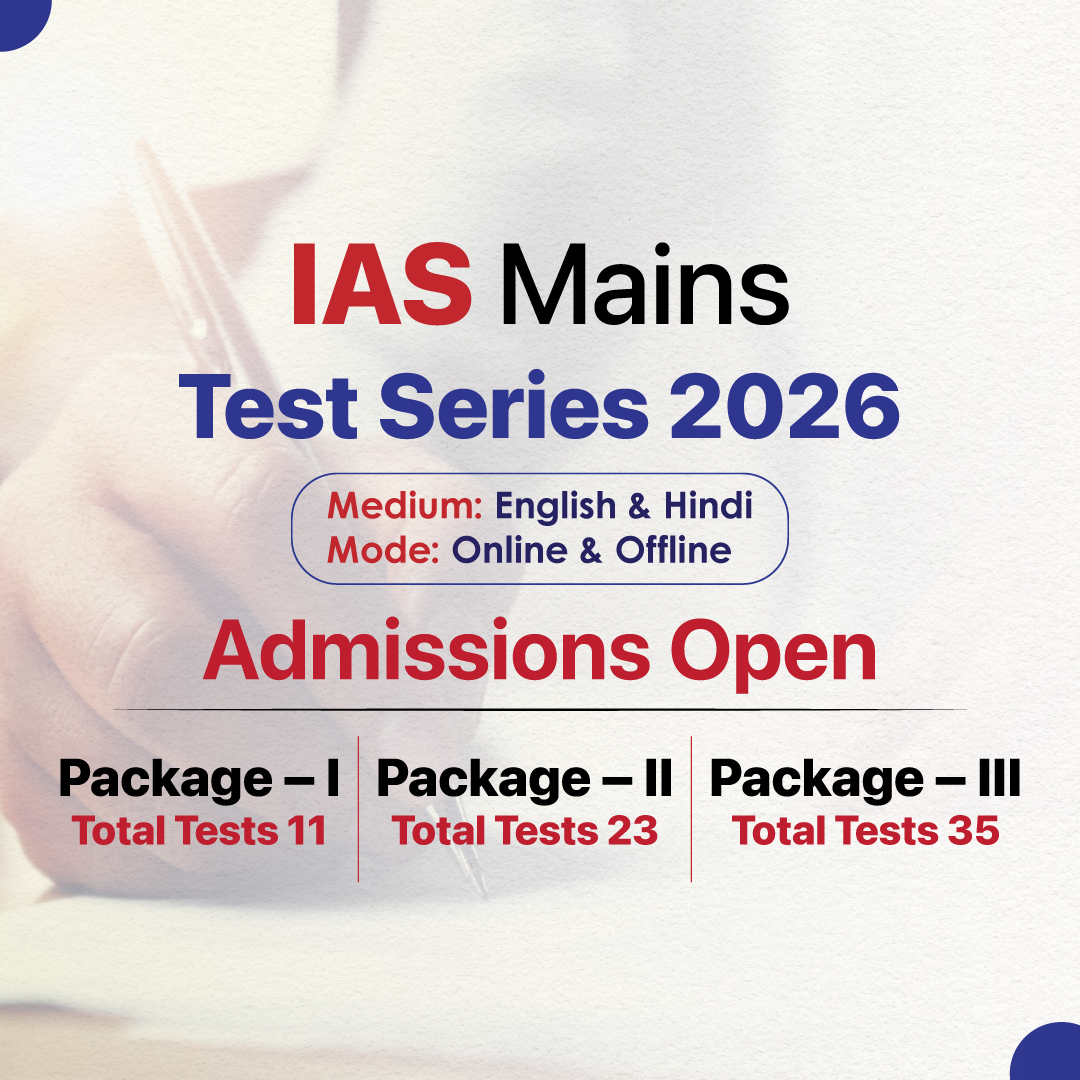

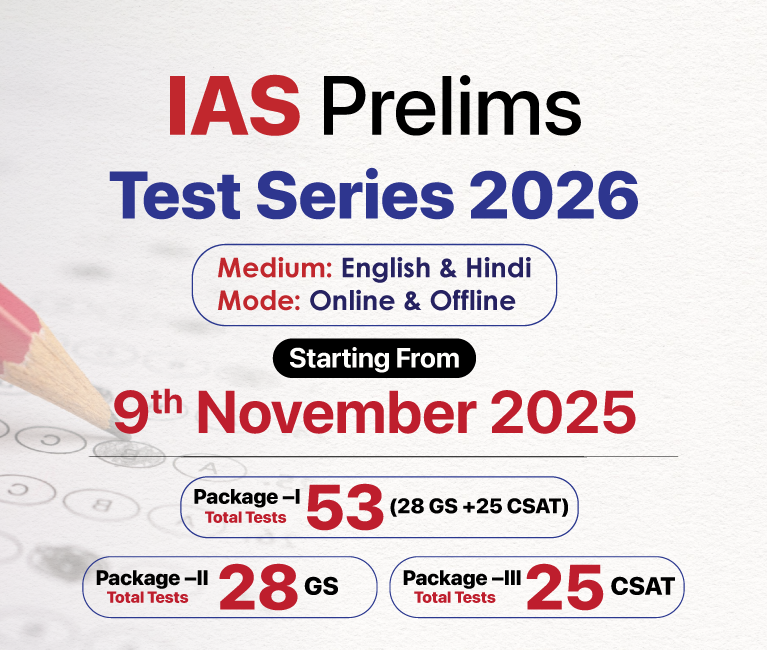

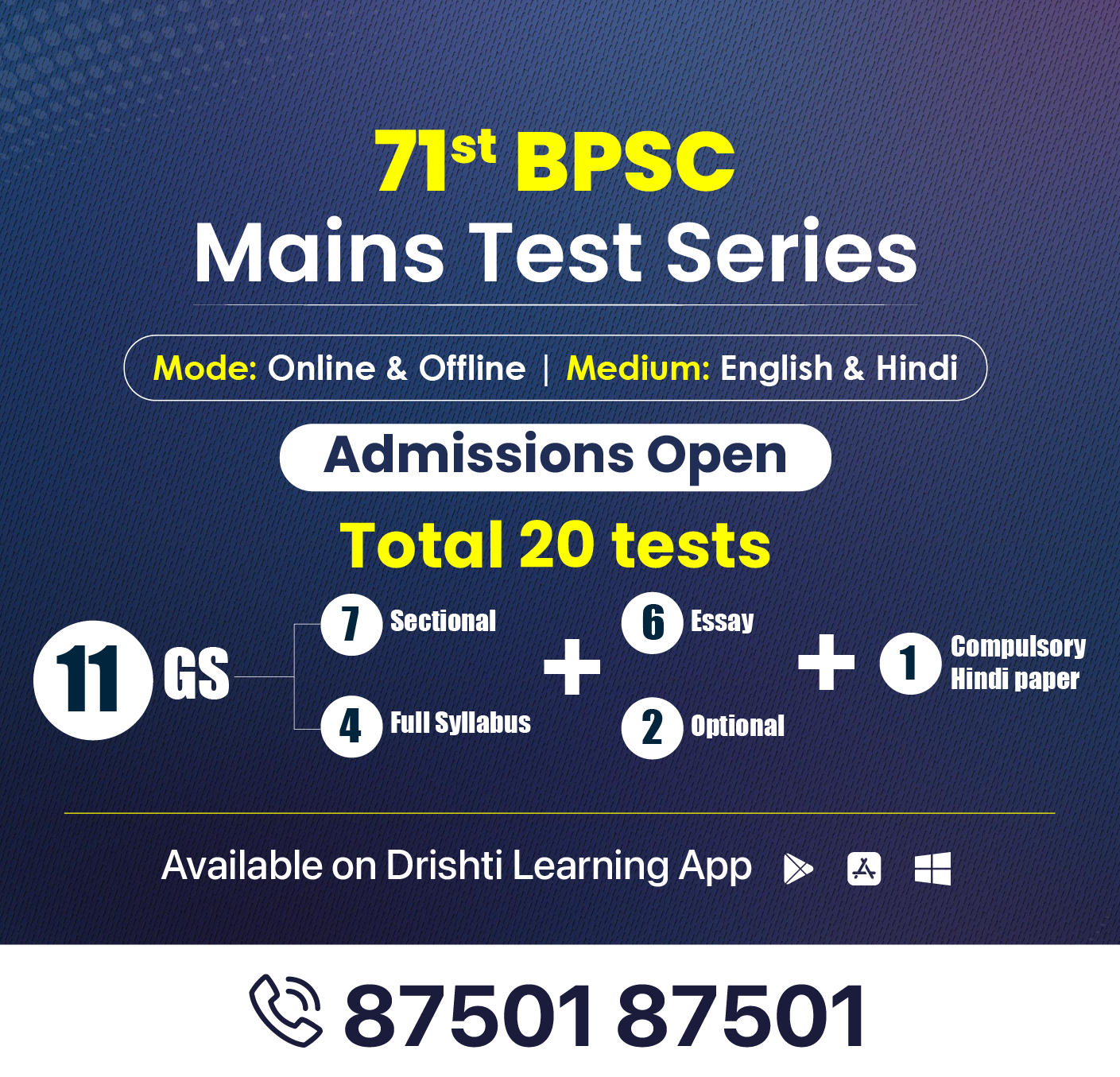
.png)
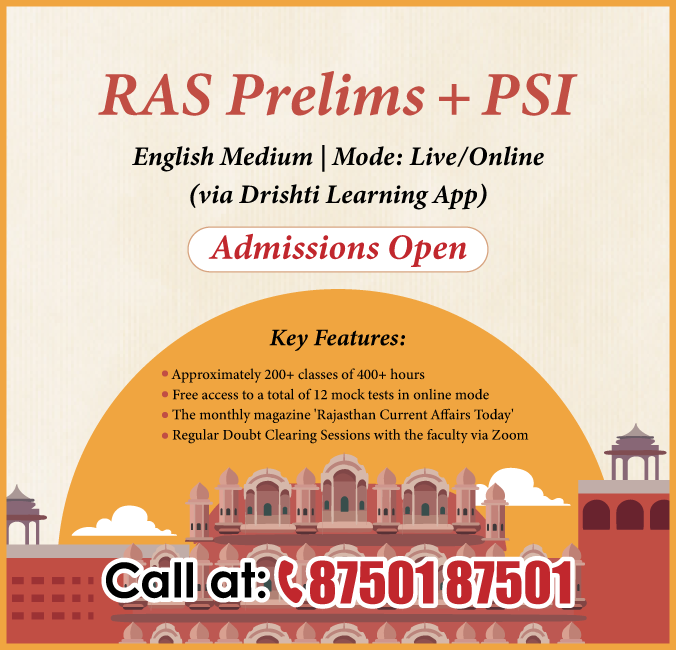

.jpg)

 PCS Parikshan
PCS Parikshan

